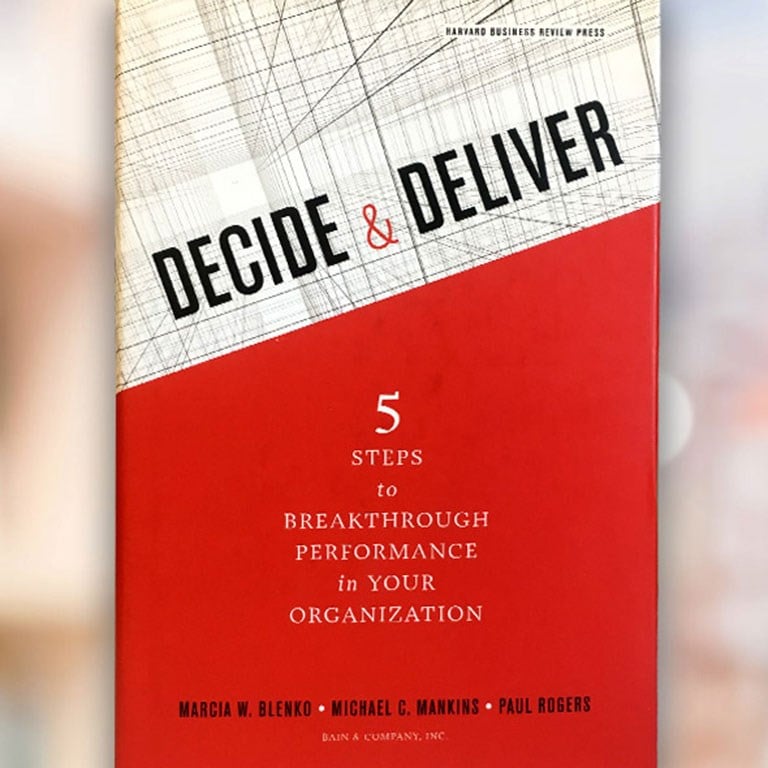HBR.org
This article originally appeared on HBR.org
Any company’s decisions lie on a spectrum. On one end are the small, everyday decisions that add up to a lot of value over time. Amazon, Capital One, and others have already figured out how to automate many of these, like whether to recommend product B to a customer who buys product A or what spending limit is appropriate for customers with certain characteristics.
On the other end of the spectrum are big, infrequent strategic decisions, such as where to locate the next $20 billion manufacturing facility. Companies assemble all the data and technology they can find to help with such decisions, including analytic tools such as Monte Carlo simulations. But the choice ultimately depends on senior executives’ judgment.
In the middle of the spectrum, however, lies a vast and largely unexplored territory. These decisions—both relatively frequent and individually important, requiring the exercise of judgment and the application of experience — represent a potential gold mine for the companies that get there first with advanced analytics.
Imagine, for example, a property-and-casualty company that specializes in insuring multinational corporations. For every customer, it might have to make risk-assessment decisions about hundreds of facilities around the world. Armies of underwriters make these decisions, each underwriter more or less experienced and each one weighing and sequencing the dozens of variables differently.
Now imagine that you employ advanced analytics to codify the approach of the best, most experienced underwriters. You build an analytic model that captures their decision logic. The armies of underwriters then use that model in making their decisions. This is not so much crunching data as simulating a human process.

Decide & Deliver
Learn more about the five steps that leading organizations use to make great decisions quickly and execute them effectively.
What happens? The need for human knowledge and judgment hasn’t disappeared—you still require skilled, experienced employees. But you have changed the game, using machines to replicate best human practice. The decision process now leads to results that are:
- Generally better. The incorporation of expert knowledge makes for more accurate, higher-quality decisions.
- More consistent. You have reduced the variability of decision outcomes.
- More scalable. You can add underwriters as your business grows and bring them up to speed more quickly.
In addition, you have suddenly increased your organization’s test-and-learn capability. Every outcome for every insured facility feeds back into the modeling process, so the model gets better and better. So do the decisions that rely on it.
Using analytics in this way is no small matter. You’ll find that decision processes are affected. And not only do you need to build the technological capabilities, you’ll also need to ensure that your people adopt and use the new tools. The human element can sidetrack otherwise promising experiments.
We know from extensive research that decisions matter. Companies that make better decisions, make them faster, and implement them effectively turn in better financial performance than rivals and peers. Focused application of analytic tools can help companies make better, quicker decisions—particularly in that broad middle range—and improve their performance accordingly.
Michael C. Mankins is a partner at Bain & Company. He is based in San Francisco and heads Bain's Organization Practice in the Americas.
Lori Sherer is a partner at Bain & Company in San Francisco and heads the firm's Advanced Analytics practice.